By Sergio Rodriguez Gelfenstein
This statement was issued by Mexican President Claudia Sheinbaum on February 7 during her usual morning press conference. The highest Mexican authority then said: “They have a lot to do in the United States” and questioned about “How does fentanyl or any other drug get there? It is not right for it to pass illegally; we do the work in our country. But what happens after the border? Who operates? Who sells the drugs that have caused so much tragedy in the cities of the United States?”
President Sheinbaum knows what she is talking about, especially if one asks who the big winner is from the drug business. Already at the end of the last century, a study by the Organization for Economic Cooperation and Development (OECD) estimated that the profits produced by international drug trafficking were close to 500 billion dollars, more than half of which circulated through the United States financial system. To try to control this situation, the government launched Operation Greenback, targeting the banks that handled drug money. The idea was that it was easier to monitor financial institutions than to carry out military interventions in producing countries.
By looking at the amount of money flowing into Miami banks, the Federal Reserve Bank found that Florida had a cash surplus of $5.5 billion at a time when the rest of the country had a cash deficit. The Justice Department in coordination with the Treasury Department was forced to act. Thus, began Greenback.
After obtaining some meager results and accusing three Colombian citizens and 13 other people of conspiring to defraud the United States, the operation was cancelled in October 1982 when, mysteriously, most of the accused managed to escape from justice. Until then, the serious persecution of drug trafficking in the United States lasted only three years. The anti-drug czar at that time was George Bush Sr. who had been director of the CIA. His “meritorious work” both in the CIA and in the DEA earned him the election later as vice president and president of the United States.
Another aspect of this business is that of chemical precursors. As far back as 1989, the Colombian police seized in an operation 1.5 million gallons of chemicals used to transform coca into cocaine. Most of the barrels had logos of the United States cooperation. The CIA itself reported that the export to Latin America of substances such as hydrochloric acid, potassium permanganate, sulfuric acid, acetone and ether far exceeded their legal uses, while the Congressional Investigation Service concluded that more than 90% of the chemicals used in drug production come from the United States. It seems evident that controlling this industry internally is much easier and less costly for the country. However little or nothing has been done.
The Mexican journalist based in Washington, J. Jesús Esquivel, has recently dedicated himself to investigating and documenting drug trafficking activities in Mexico and the United States. One of his books, “Los narcos gringos” (The American Drug Traffickers), published in 2016 and reissued in 2022, delves into the mysteries and unknowns of drug trafficking in the United States by conducting an in-depth investigation of court records as well as interviewing informants and agents who have participated directly in the drug business or in the fight against it.
With great detail, this book recreates the “ingenious tricks that brokers, the architects of drug trafficking, use to transport their merchandise into the United States and launder the proceeds of their illicit work, which they send to the Mexican cartels”, according to the back cover of the book.
In a chapter called “American Narco-corruption,” Esquivel explains that high-ranking U.S. authorities and even the public in that country, when they talk about drug trafficking, immediately think of Colombia and Mexico, placing the responsibility on the agencies of both countries, whom they accuse of being corrupt. Without denying these concepts, the Mexican journalist believes that there is also narco corruption in the United States. He says that “American and Mexican drug traffickers have on their payrolls U.S. customs agents, Border Patrol agents, DEA agents, and local police officers; if this was not a reality, only the narcotics that pass undetected through the most inhospitable border regions, such as the border zone of the state of Arizona, would enter the United States…”
Esquivel quotes Oscar Hagelsieb, an expert agent of the United States Office of Homeland Security Investigations, who states that “narco-corruption […] is the biggest obstacle faced by authorities dedicated to combating drug trafficking.” Making a comparison between the two countries, Hagelsieb establishes that “corruption due to drug trafficking in Mexico is generated by poverty and the weakness of the authorities in the face of money. In the United States, the demand and consumption of narcotics is born.”
Another investigation, this time carried out by Mexican journalists Jorge Fernández Menéndez and Víctor Ronquillo, published by Bolsillo under the title “From the maras to the zetas. The secrets of drug trafficking, from Colombia to Chicago” establishes that in the United States there are about 20 million drug users, of which about 6 million are addicts. However, it is dangerous to talk about the subject, which is why it is avoided, leading to total ignorance and confusion and the easy construction of stereotypes aimed at blaming exclusively the producing countries for the scourge.
Fernández Menéndez and Ronquillo explain that, after the shipments have crossed the border by all types of transport and also through tunnels along the entire border zone, the drug trafficking networks begin to operate from 14 southern cities in the states of New Mexico, Texas, California, Arizona, Oklahoma, Florida and Louisiana, where the drugs are stored in warehouses from which the market controlled by the organizations themselves is supplied.
I wanted to reveal only two public investigations into drug trafficking, as it is assumed that the information handled by the security agencies is much greater. That is why it is difficult to understand why the most powerful country in the world has not been able to control this business…or perhaps, in reality, what happens is that it has not wanted to do so.
The Mexican president continues to ask questions: “Where does the money from the sale of illegal drugs go and how do the weapons of the United States Army end up in the hands of the Mexican cartels? Who sold them, how did they get to our country? What is the final distribution on the streets? Or is it that there are no cartels there, or organized crime?”
Many questions, few answers, and those formulated from Washington bear the stamp of arrogance, haughtiness and threat that characterize imperial rhetoric and action. The answer from Washington came from the Department of Justice, which in a memorandum reported that it had instructed the total elimination of cartels and transnational criminal organizations. Much more than that, Tom Homan, the “ border czar,” and the Secretary of Defense, Pete Hegseth, warned that the United States could use the Army to attack the cartels even in Mexican territory.
With absolute serenity and the vision that characterizes true statesmen, President Sheinbaum claimed that the Department of Justice memorandum “is not well understood” because it only has general explanations, but it is not known what it will translate into. In the continuation of the controversy and in defense of the highest interests of Mexico, three days later Sheinbaum reiterated that the United States must take responsibility for the “serious problem of drug trafficking and drug use that exists in that country.”
The president explained that drug trafficking arises from demand, as long as there is consumption there will be supply. She considered that her government of course does not agree with drug trafficking, so the objective of the highest authorities in the country and of herself was to reduce violence in her country. In this way they also proposed to reduce drug production and distribution.
But she reiterated once again that the United States must do its part by addressing high drug consumption as a public health issue. In that regard, she insisted that the United States must also take charge of controlling its own generators of violence and the domestic production of psychotropic substances and must make an effort to monitor and intervene in the domestic illegal market.
It must also be said that Claudia Sheinbaum’s indomitable will and patriotic sense were present in the conversation she had with the president of the United States on February 3. Although Trump ignored the fact that the Mexican president addressed the issue of arms trafficking from the United States, she took it upon herself to remind him a few days later. In the same press conference on Friday the 7th, Sheinbaum reported that she told Trump that it was crucial in the fight against drug trafficking that weapons from the United States did not arrive illegally in Mexico.
She also recalled that the Mexican government had previously filed two complaints against arms distributors and manufacturers. On January 21, just one day after Trump took office, the Mexican Congress, through the Ministry of Foreign Affairs, requested a detailed report from the United States government on illicit arms trafficking, after Trump designated drug cartels in the country as terrorist organizations.
According to the latest public report from the US Bureau of Alcohol, Tobacco, Firearms and Explosives (ATF), “74% of the weapons arriving in Mexico come from the northern border. It also notes that the Mexican government has submitted a total of 148,200 requests for weapons tracing between 2017 and 2023, of which 50,409 were made between 2022 and 2023, representing an increase of 25% between 2021 and 2023,” all of which shows a Mexican interest that is not reciprocated by the United States.
Following the withdrawal from the Panama Canal Zone on December 31, 1999, under the Torrijos-Carter agreements, the regional control apparatus that the United States had built and that had its operational, command and logistical axis in that place where the Southern Command was headquartered, was dismantled.
The disappearance of the Soviet Union and the end of the bipolar world made the United States lose the enemy on which it based its imperialist action. So, it turned to drug trafficking and undocumented migration first, and then to the fight against terrorism, to fill that “void.”
Today, the Trump administration, claiming to “make America great again,” is resorting to the same tricks as an instrument of regional cohesion around Washington’s dictates. The supposed policies to combat illegal immigration and drug trafficking are once again tools to attempt regional control by subjugating countries, governments and peoples.
At the beginning of the century, Cuba alone resisted the crushing power of the empire, while Venezuela, led by Commander Hugo Chávez, was just beginning to take international action in defense of its sovereignty and self-determination. But today, there are several countries and leaders who support and defend the dignity and honor of the people. Claudia Sheinbaum, like the priest Miguel Hidalgo and José María Morelos, in the same way as Benito Juárez and Lázaro Cárdenas and continuing the policies of recovering the decorum and awareness of Mexicanness, initiated in this century by Andrés Manuel López Obrador, gives us examples of the path to follow, not only for Mexico, but also for all the brown America south of the Rio Bravo.


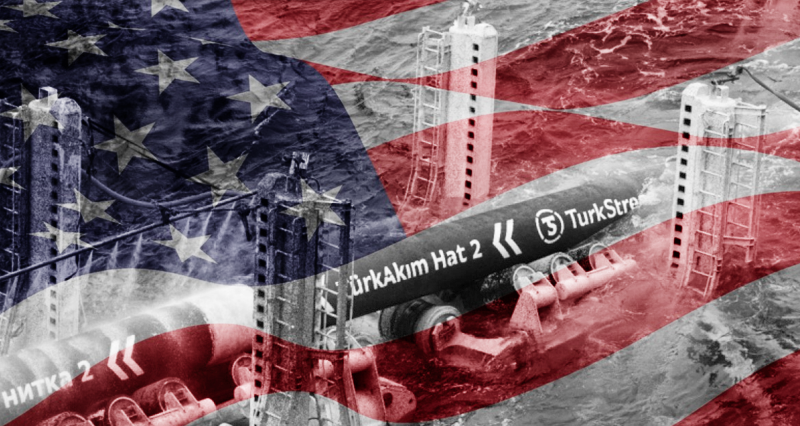

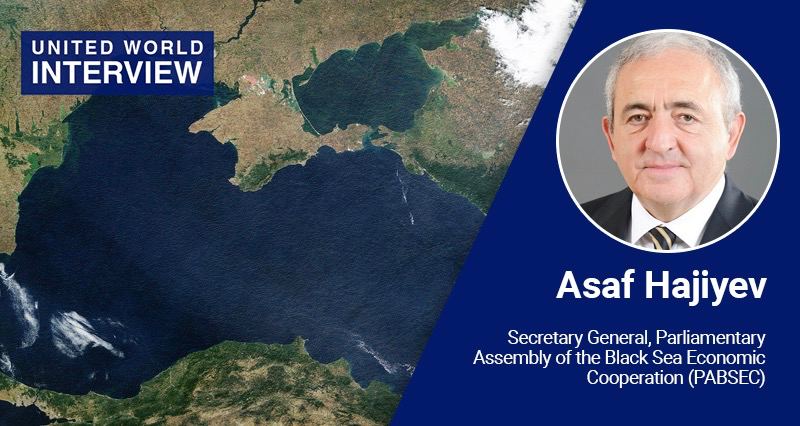
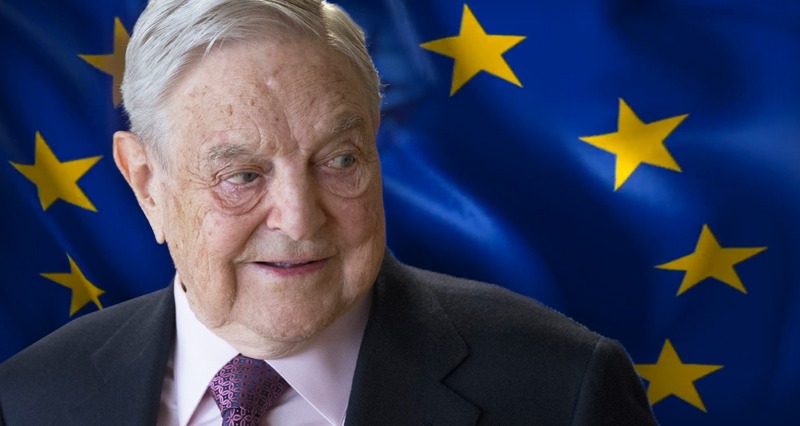

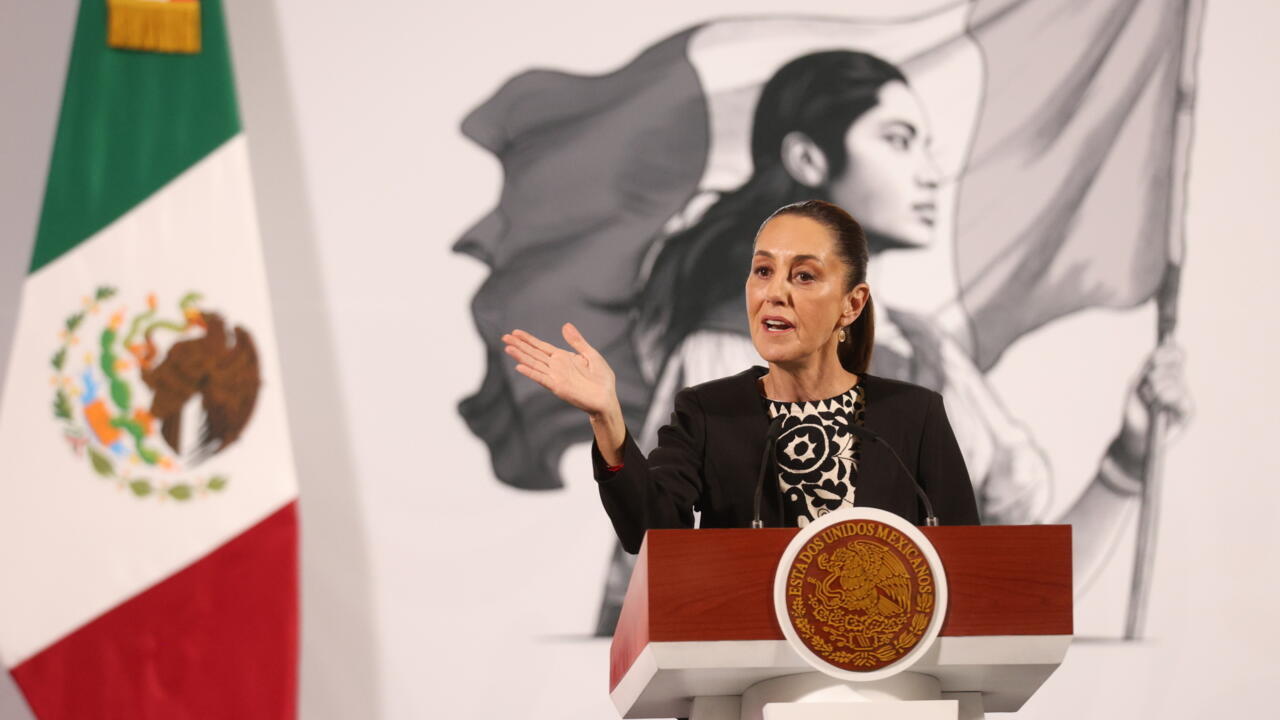
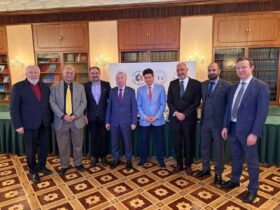

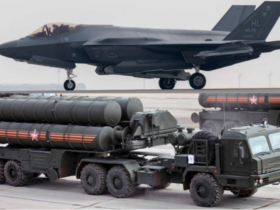


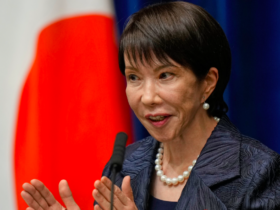
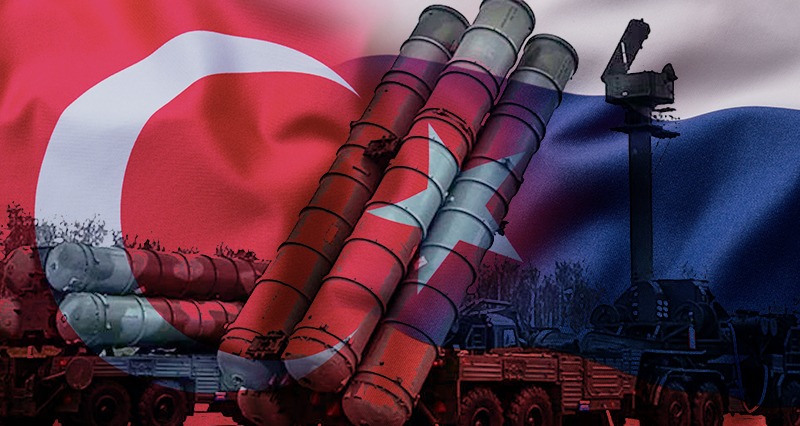
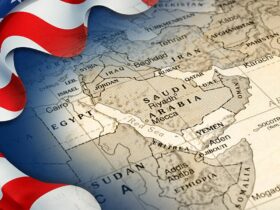
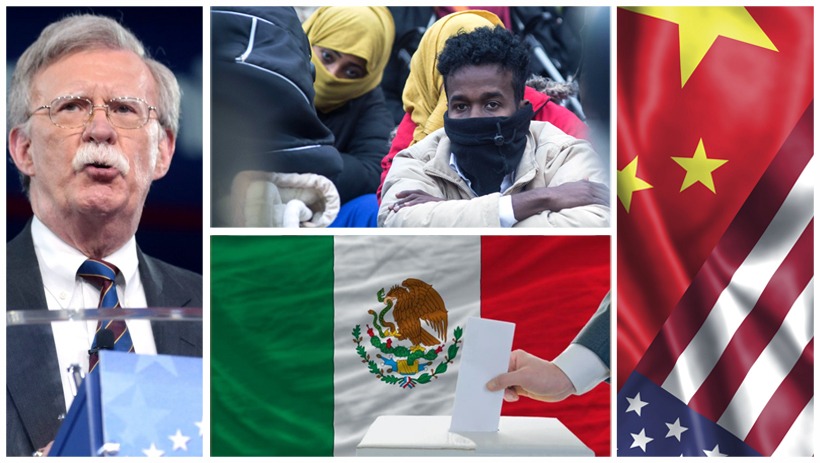
Leave a Reply